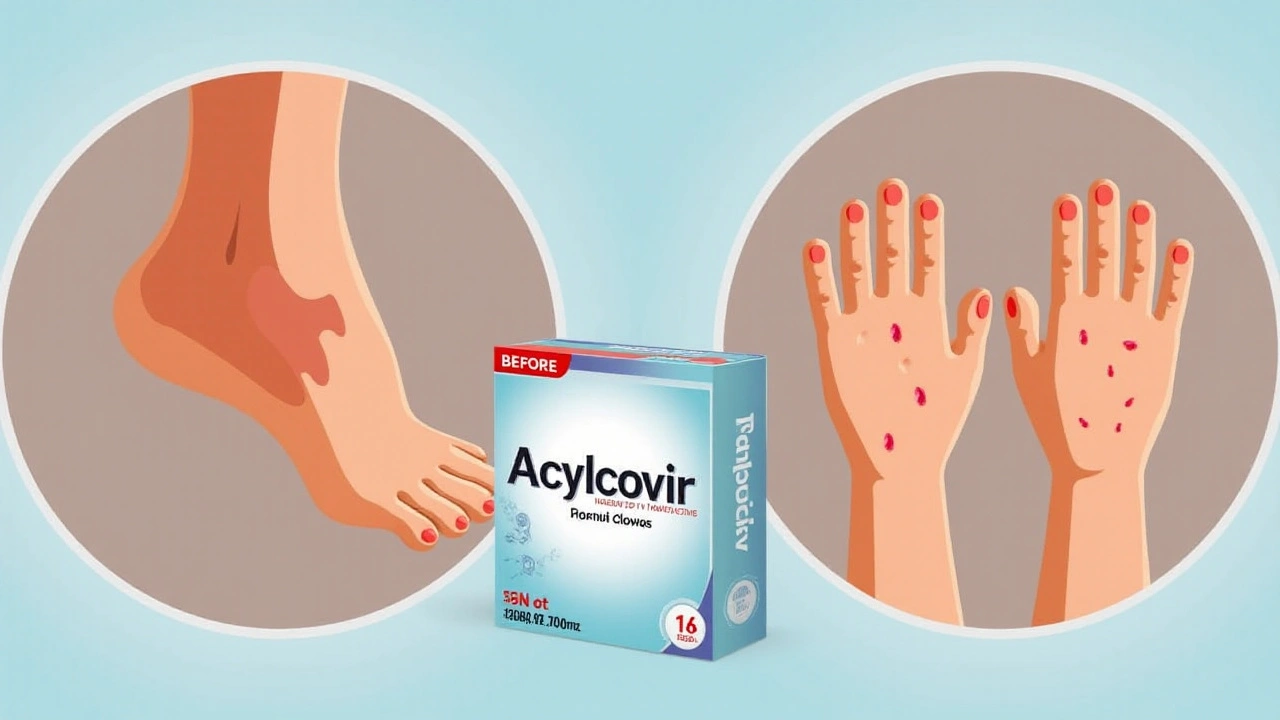Breakthrough Experimental Drug Shows Rapid Cure for Hand, Foot, and Mouth Disease
An experimental anti-viral drug has demonstrated remarkable efficacy in treating hand, foot, and mouth disease (HFMD), curing three patients in just three days. The findings offer a glimmer of hope in managing a highly contagious disease that predominantly affects infants and young children, presenting with severe symptoms such as fever, painful mouth sores, and skin rashes. The sudden effectiveness of the drug is a significant development in the field of antiviral treatment, particularly given the increased incidence of HFMD outbreaks across the globe in recent years.
The drug, which works by targeting the enteroviruses responsible for HFMD, showcased its potential in a clinical trial led by researchers from Zhengzhou University in China. Under the leadership of epidemiologist Dr. Guangcai Duan, the team explored the urgent need for effective antiviral treatments amidst the growing prevalence of HFMD. The drug’s mechanism involves inhibiting the replication of enteroviruses such as coxsackievirus A16 and enterovirus A71, which are commonly found in HFMD patients.
The Science Behind the Treatment
The main thrust of this breakthrough lies in its approach to halting virus replication. By preventing the enteroviruses from multiplying within the host’s cells, the drug essentially nips the disease in the bud. HFMD, a notorious ailment within the Asia-Pacific region due to numerous large-scale outbreaks, could see a dramatic reduction in both severity and spread if this treatment is confirmed to be effective. It’s worth noting that current treatment options for HFMD are primarily supportive, focusing on symptom relief rather than targeting the virus directly. The introduction of an antiviral method thus represents a pioneering shift in how we might handle such outbreaks moving forward.
Global and Regional Impact
This development is particularly significant for regions like the Asia-Pacific, where recurrent outbreaks of HFMD have been recorded over the years. The rapid efficacy demonstrated in the trial suggests a potential for reducing the public health burden that HFMD imposes on these communities. Historically, HFMD spreads quickly in childcare environments, posing an ongoing challenge to health authorities attempting to manage its transmission. Considering HFMD’s high contagion rate among young children, the possible incorporation of an effective antiviral drug into public health strategies could have far-reaching implications for both medical care and healthcare resource management.
Researchers Cautiously Optimistic
Despite the encouraging outcomes, researchers advise caution. Dr. Duan emphasized that while the initial results are promising, the necessity for further trials to validate long-term safety and efficacy cannot be overstated. Early results can be transformative, but ensuring the drug’s effectiveness across broader, diverse populations is crucial before it can be widely endorsed or adopted. The next phase of clinical trials will focus acutely on verifying that the drug remains effective and safe over prolonged use and across a larger cohort of patients.
The Road Ahead
HFMD currently relies heavily on supportive care, such as hydration, fever management, and pain relief. The development of specific antiviral treatments would mark a significant milestone in medical interventions against HFMD. The journey from promising clinical results to a widely available treatment typically involves rigorous testing and considerable regulatory scrutiny. Stakeholders in global health and patient advocacy groups will likely be keen observers as this potential game-changer progresses through its developmental pipeline.
Additionally, public health policies may need to adjust alongside this advancement. Governments might contemplate integrating such antiviral treatments into their existing HFMD management protocols, especially in densely populated regions or places with insufficient healthcare infrastructure.
Implications for Healthcare Providers and Parents
For healthcare providers, an effective antiviral drug for HFMD would mean a significant shift in the clinical approach to managing the disease. Instead of merely alleviating symptoms, practitioners could actively target and diminish the viral load, potentially reducing recovery times and complication rates. This can also lessen the burden on healthcare systems that typically surge during HFMD outbreaks. Meanwhile, parents of young children, who often bear the brunt of HFMD’s impact, could witness a decrease in the anxiety and disruption associated with the disease. The prospect of a quicker, more efficient treatment brings with it a measure of relief and reassurance.
One must also consider the broader implications of such a medical advancement. Previous generations have contended with the limitations of supportive care alone. This shift could spark a rethink of how we approach enteroviral infections at large, inspiring new research and innovation in antiviral therapies. It underscores the importance of continuous investment in medical research and the potential rewards such endeavors can yield.
Conclusion
In conclusion, the experimental anti-viral drug presents a compelling advancement in the treatment of hand, foot, and mouth disease. Curing three patients in mere days, it opens new avenues for managing a disease that has posed significant challenges to public health, particularly in regions experiencing frequent outbreaks. As we await further trials and validations, the potential of this drug symbolizes hope for more effective medical interventions and a brighter future in pediatric healthcare.


Comments (8)